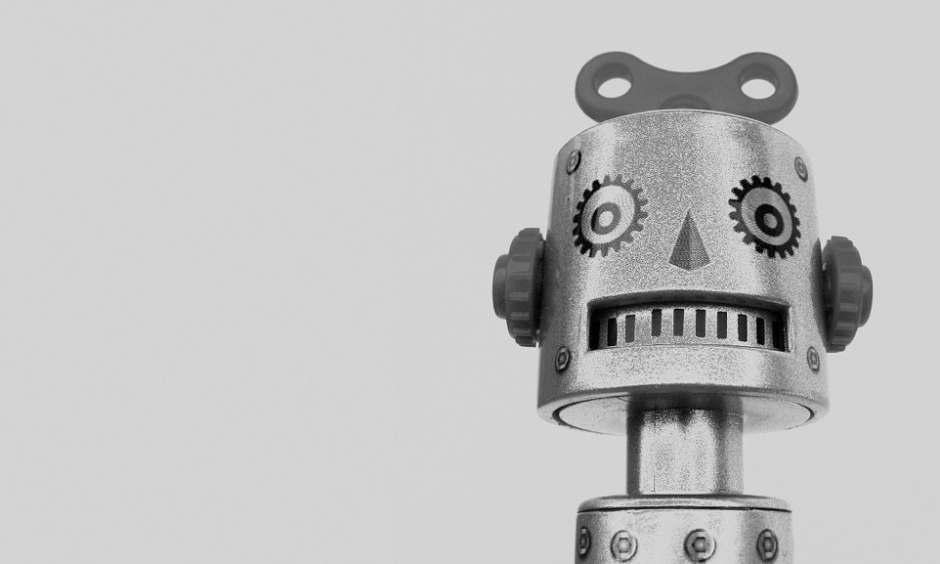ARTIFICIAL INTELLIGENCE has been used for the reading of CT images. A computer has been taught how to scan CT head images to discern serious brain events. The headline findings are that the computer program was able to identify a serious case far faster than a human neuroradiologist; however, this finding was tempered by the fact that the computer program was less accurate in correctly diagnosing a serious event than its human counterpart. The lead study author, Dr Eric Oermann, Icahn School of Medicine at Mount Sinai, New York City, New York, USA, explained the potential benefit: “The computer is faster at identifying critical events, which means the neurologists can start treatment earlier. Decreasing time to treatment can improve outcomes.”
The study authors simulated a busy clinical environment by using 37,236 head CT images and 96,303 radiological reports. Two datasets were developed: silver-standard and gold-standard. In the silver-standard set, cases were split into critical and non-critical cases. In the gold-standard set, more information was provided, including the information from several scans. The images were labelled. In the gold-standard set, the label showed the location of the ischaemic stroke, haemorrhage, or hydrocephalus, whereas in the silver-standard set, the label signified a broader picture of haemorrhage, ischaemic stroke, or hydrocephalus.
When compared to two radiologists and a neurosurgeon, it was found that the computer was 73% accurate at flagging a critical finding whereas as the humans had an accuracy rate from 79–85%. However, the computer was more successful in regard to speed: it took 1.2 seconds to process an image and flag an urgent case compared with an average of 177 seconds for the doctors to process the image. Although the rate of false positives produced by the computer program was approximately one in five, there was still a net speed gain. Dr Oermann noted: “Even if they [doctors] get to see events that are not critical, they will still be able to triage those cases that demand immediate attention.” Dr Oermann went on to comment that there is still a vast amount of work to do before this type of program can be utilised in the clinical setting.








